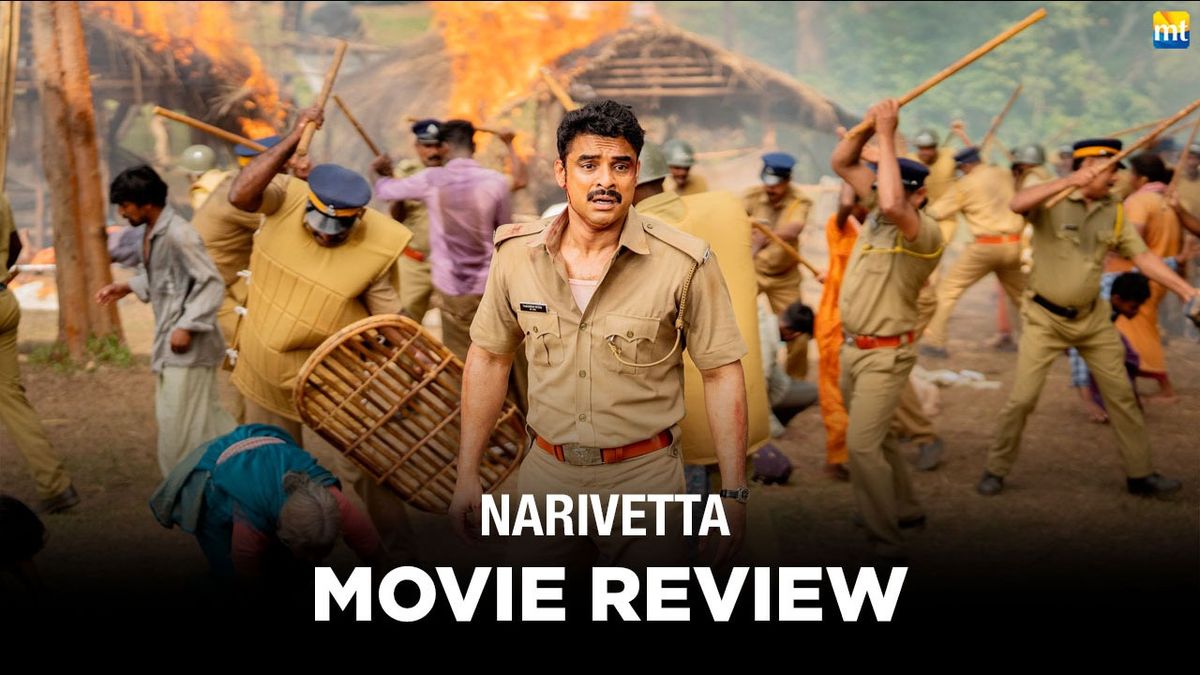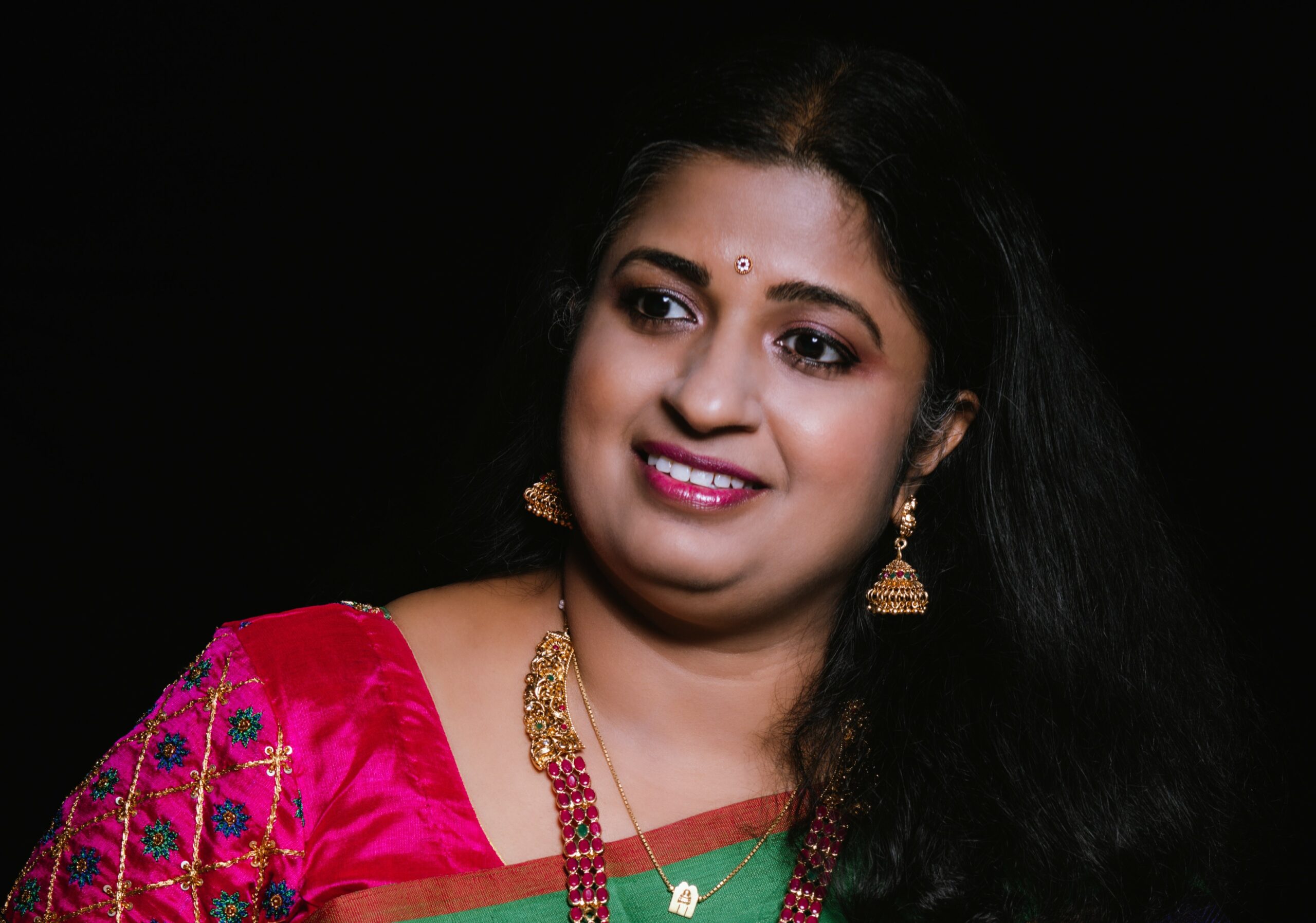
“My plan is to record and publish as many albums as I can on Carnatic music” – Kavitha Jayaraman
Over the last several years, Kavitha Jayaraman has managed to strike a fine balance between her dual careers in finance and music. Trained in Carnatic classical music, Kavitha always had a soft corner for this genre and has consistently worked towards making it reach out to a larger number of listeners across the globe. A while back, Kavitha released ‘Varnams Reimaged’, an album featuring five original tracks weaved around Carnatic music.
In this interview, Kavitha talks about her journey as a musician, the process of putting together her album, her music school Kalaadhaanam, the challenges involved in doing a day job and pursuing music, plans for the future and more.
Varnams refer to Carnatic compositions that showcase the major features in a particular raga. What was the thought behind naming the album ‘Varnams Reimaged’?
Throughout my journey, I have primarily graced the stages, weaving melodies that have stirred souls. The pandemic-induced stillness emphasized the importance of a digital presence and the dissemination of musical creations beyond the confines of live performances. This revelation bore fruit in the form of my latest endeavour, an album titled ‘Varnams Reimaged’. This offering is a fusion of tradition and modernity, an earnest attempt to infuse Indian classical music with a contemporary twist. The album casts a spotlight on a rare treasure, the ‘Varṇam’. This compositional gem, inherent to the Carnatic music system, embodies the essence of ragas and serves as a cornerstone in the realm of learning. What makes this album particularly special is its resurrection of lesser-known Varnams, many of which have seldom, if ever, been captured in digital recordings. By merging the traditional with the new, the album encapsulates the spirit of innovation while honouring the roots of this time-honoured art form.
You have submitted the album for consideration for the Grammys last year under the ‘Best Global Music Album’ category. What is the kind of response coming your way post the release of this album?
The response so far has been extremely good. Carnatic music has hardly had a representation at the Grammys and thus, the response from fellow voters and musicians has been very positive. I really wish to see more Carnatic musicians submit their work at this prestigious platform so we build a wider audience for this very ancient art form.
You are a trained Carnatic vocalist and have been driven by the thought of building a wider audience for it. What are the kind of steps you are taking in this direction? In the near future, do you foresee a larger number of people exploring Carnatic music?
Many kids and youngsters today, both in India and abroad, learn this art form and many excel at the presentation too. However, only a small percentage of them end up making this their full time career. Moreover, the digital presence of this art form is extremely limited, and thus not many have had access to even listen to this genre of music. Most recordings available online are translations of cassettes and CDs from yesteryear musicians and the current generations of practitioners don’t release albums digitally as much as their counterparts released CDs during the earlier era. Digital recordings have come a long way and I truly believe creating Carnatic content online will help keep the perpetuity of the art form in future generations.
Whenever I play the veena at any stage in the US, the first question I get asked is – “what is this instrument?” They further ask questions like, “I have never seen this. Is this a Sitar?” The penetration that Pandit Ravishankar ji achieved with his sitar in the West is unbelievable. Everyone knows and has seen a sitar, but no one has seen a veena, a root instrument, and the national instrument of India. To bring Carnatic music to a wider audience, one has to take this art form to stages where this has never been presented both on the vocal and the instrument. This has been my sincere endeavour since I started pursuing music professionally in the last few years. I hope as more people are aware of this art form and include this in their festival curations, more kids and youngsters will see a potential in making this a full time career.
While music is your passion and you pursue it professionally as well, you have also been a finance professional for years. How do you strike a balance between these two careers?
My art is a unique fusion of my dual identities, a seasoned finance professional by vocation and a dedicated Indian classical musician by passion. This intriguing amalgamation sets me apart from the norm and has been a driving force behind my journey to where I stand today.
Undoubtedly, the path has not been without challenges. Particularly during the phase when I am balancing a demanding full-time career in finance while nurturing my musical aspirations. The crux lay in mastering time management, a skill that proved paramount. Furthermore, life’s diverse demands took centre stage, especially as I embraced motherhood, compelling me to skilfully juggle multiple priorities. Another facet that characterizes my journey is my unwavering passion and innate determination. As a corporate finance professional, I channelled this fervour to ascend the ranks, ultimately becoming a people manager before fully transitioning to a full-time musician.
Your journey as an artist started in India, the land which you were born in. Now, you are based in the United States. Do you think being in a foreign land has restricted your growth as a Carnatic vocalist in some way?
Well, that has definitely been one of the biggest challenges. This art form is not very popular in the west other than in the traditional Indian setup where it is celebrated and has enjoyed popularity including drawing thousands of Indian audiences for concerts performed by artists from India. However in the general music scene in the US like music festivals, big music venues, smaller music communities that organise shows etcetera, this art form is almost non-existent. So, it is a challenge to actually position yourself playing this art form in its traditional form and get opportunities to perform live. However, I have had extremely positive responses whenever I sing or play Carnatic music at non-traditional venues for a non-Indian audience. I have personally taken this as a challenge and am trying my best to break the mould and get more people to hear this music. Even in India, the biggest audience for Carnatic music is in the Southern states of Tamil Nadu, Andhra Pradesh, Karnataka, and Kerala. In my hometown Mumbai, though there are many practitioners only a few of them have pursued it professionally as a full time career.
Tell us something about your background. How did music come into your life? When did you start training in music?
Music has always been a huge part of my life since childhood. I was born in a family surrounded by music. My mother is a trained musician and also runs a music institution in Mumbai for over forty years now. I am the third generation in my family involved with practicing, teaching, and promoting this art form. I trained in Indian classical music since the age of four and over the years have performed at esteemed venues in India, Singapore, and the US. At the age of ten, I was awarded the prestigious Cultural Talent Scholarship from the Center for Cultural Resources and Training
(CCRT) Government of India for advanced training in Indian Classical Music. I graduated with a Bachelor in Accounting and Finance from Mumbai University and moved to Singapore after marriage in 2005 where I pursued a full-time career in Corporate Finance.
Growing up in Mumbai my Gurus were Smt. Saraswathy Subramanian and Sangeetha Kala Acharya Shri Bombay S. Ramachandram for vocal and Smt. Jayashree Aravind for Veena. My gurus gave me a very rooted foundation in the art form and I will be thoroughly indebted to them for rigorously grooming me in my younger days. Once I relocated to Singapore, I started training with Smt. Mangalam Shankar on vocal and Smt. Meenakshi Somasundaram on the veena. I still train with both of them.
In 2009, I graduated with a Diploma in Music from Singapore Indian Fine Arts. Later my work brought me to the USA in 2014, and I continued my musical pursuits here while juggling a dual career in Corporate Finance in a multinational for over 15 years in India, Singapore, and the USA. I quit corporate in 2019 and am currently pursuing a Master’s in Music Business from Berklee College of Music, USA. In June 2023 I was selected to join the Recording Academy as a Voting member.
Apart from Carnatic music, which are your favourite genres?
I listen to a wide variety including pop. Lady Gaga is one of my most favourite artists in this genre. I listen to jazz and blues, Indian film music and devotional music as well. Thanks to my husband, I also listen to a lot of rock and American and British bands from the ‘70s. Thanks to my responsibility of being a voting member at the Academy last year, I listened to some really amazing variety including African, Latin and R&B too.
Do you plan to sing for films?
Having grown up in Mumbai and being exposed to a lot of film music in my initial years, I did have a strong desire to become a playback singer, but over the years that fire has died down. I would still love to collaborate in some capacity with the legend A. R. Rahman as I am a big fan.
What are you planning to do next?
One of the key things on my plan is to record and publish as many albums as I can on Carnatic music. I strongly believe this format has great potential to draw new audiences, especially with the recording capabilities of the current day. My aim is to record high-quality audio albums and create a digital collection of my learnings over the years blended with new-age music thus building a digital repository for the next generation of listeners. Also, I am looking for collaboration opportunities with cross-genre musicians to perform live and bring the richness of Carnatic music through my voice and instrument to a varied audience. Through my music school Kalaadhaanam, where I teach music and raise funds for various small-scale NGOs in India, I plan to expand and reach more NGOs across the country that can benefit from the initiatives. Hopefully, we will also have more art educators sign up for the movement and make a difference in their local community.
Publisher: Source link
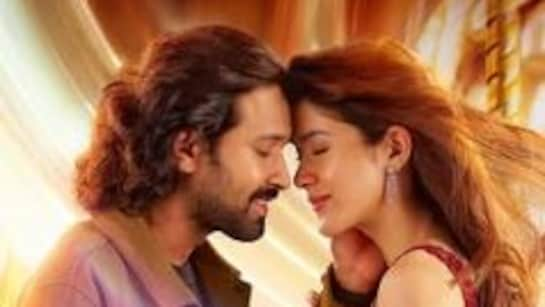
Aankhon Ki Gustaakhiyan Movie Review
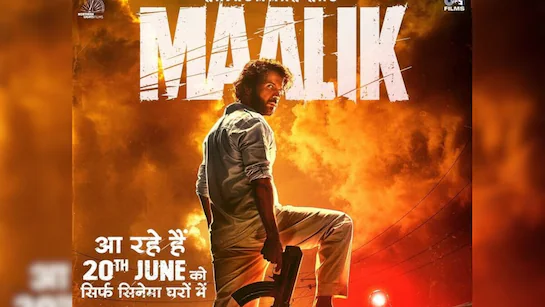
Maalik Movie Review – Bollymoviereviewz
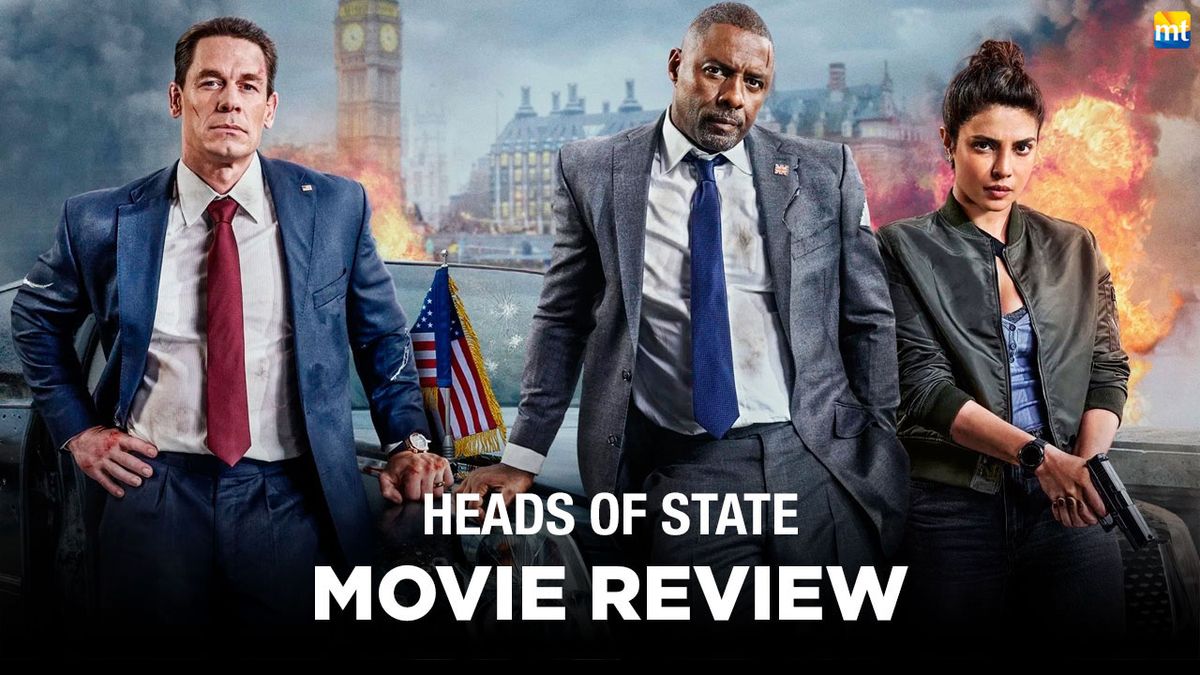
As Dull As Citadel, Just Add Humour

